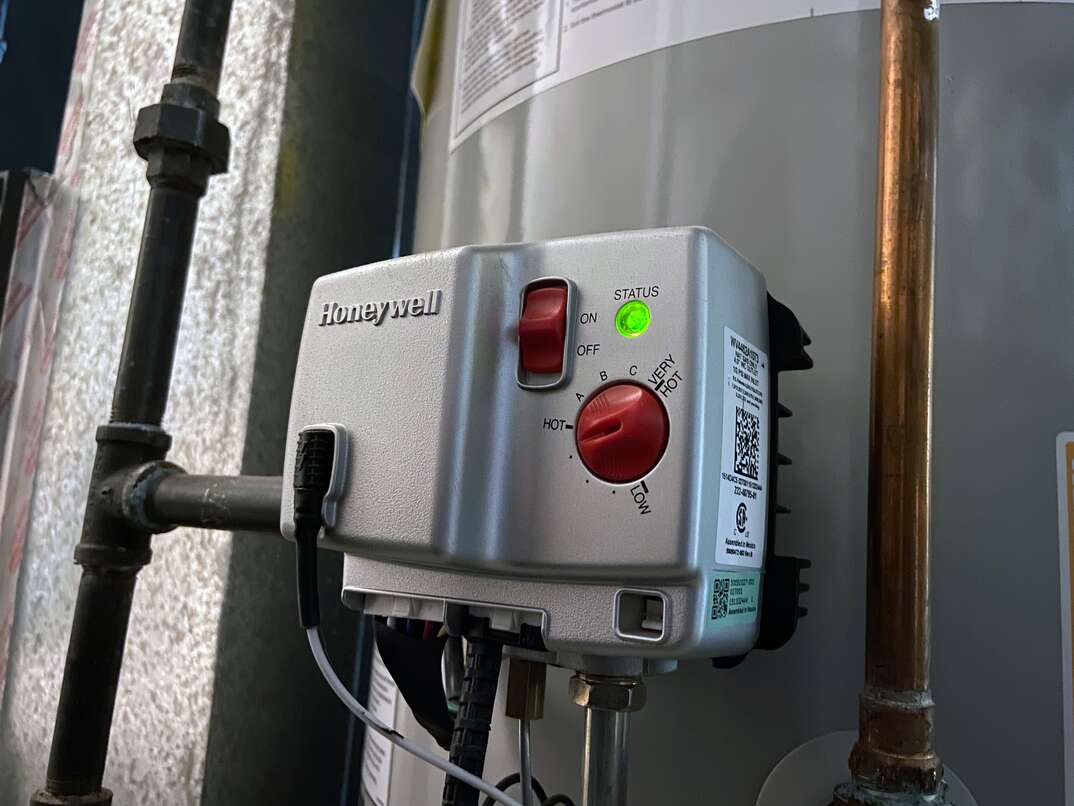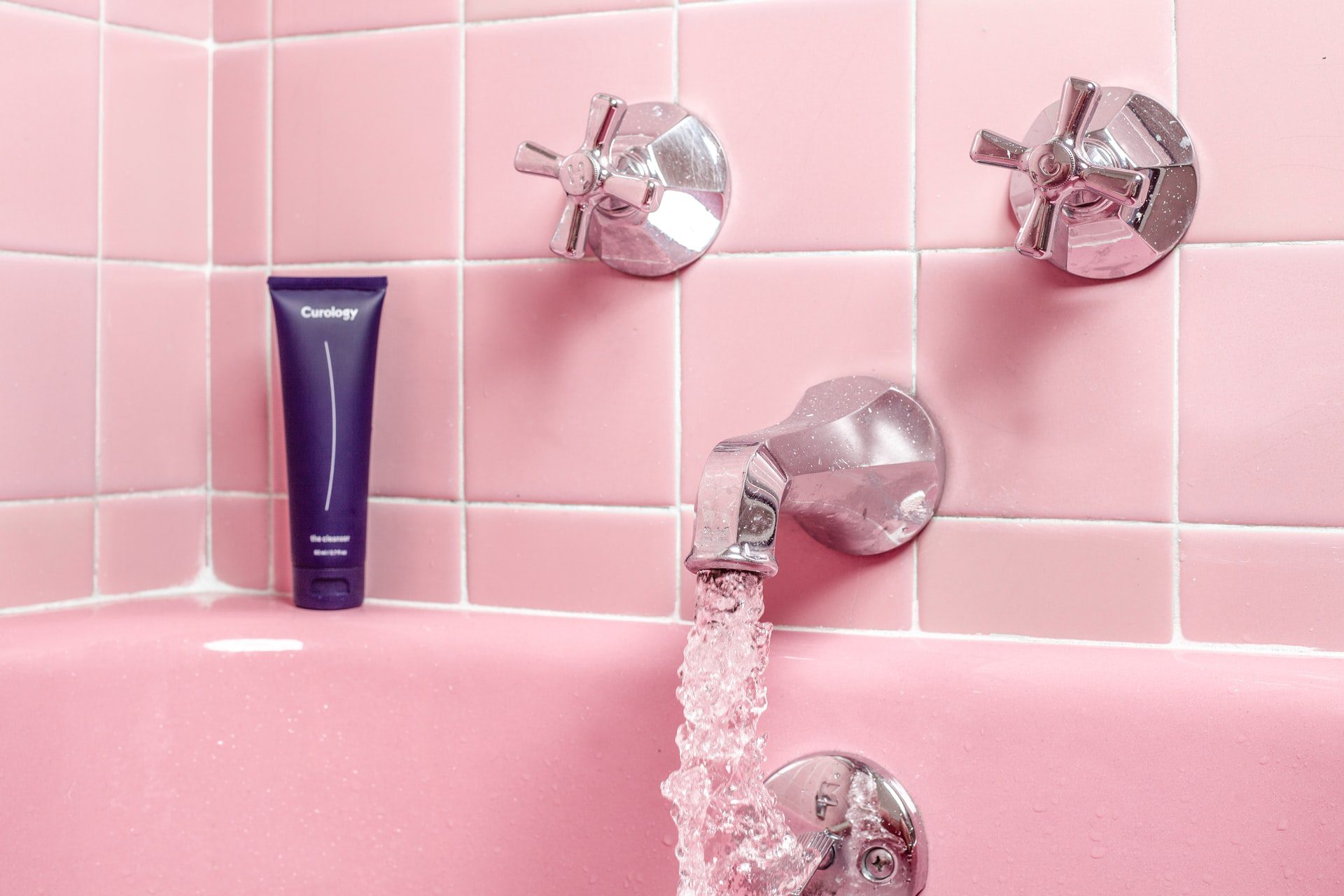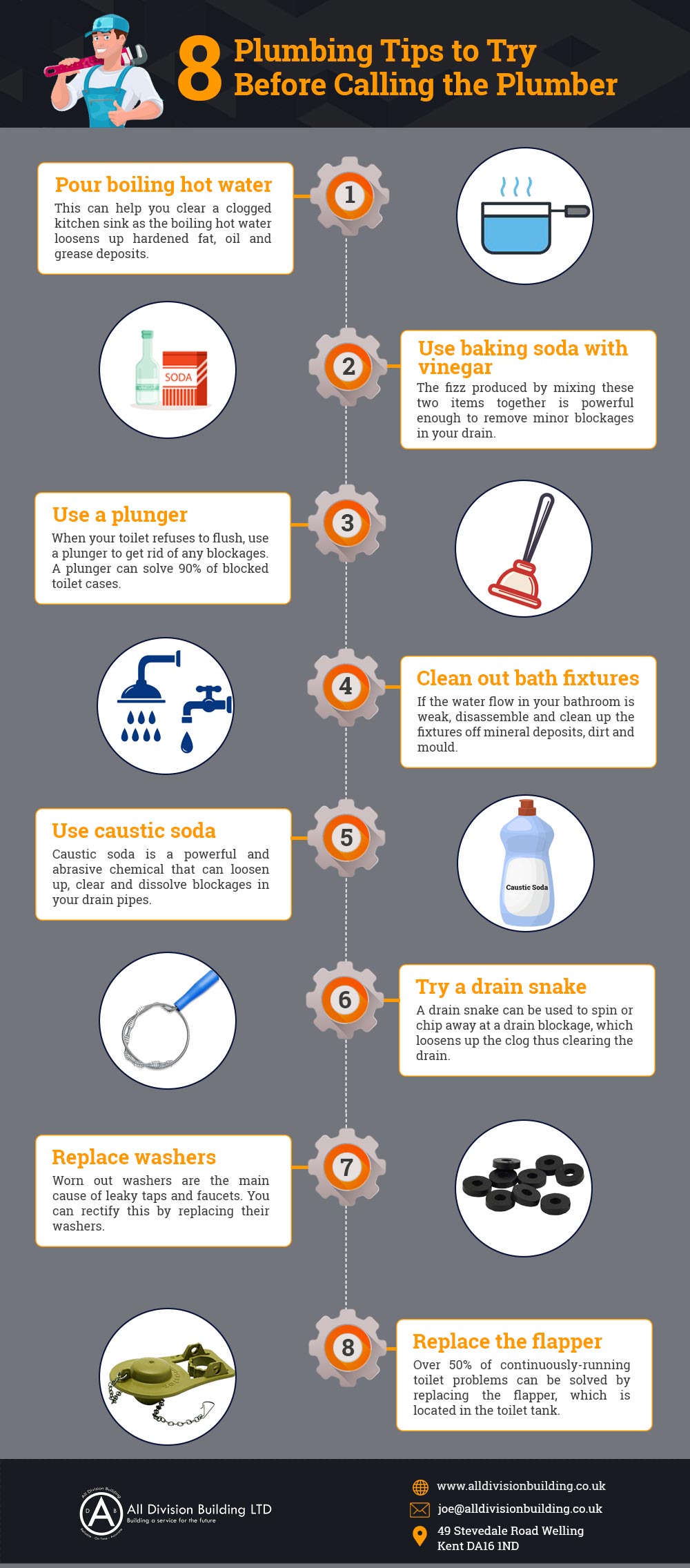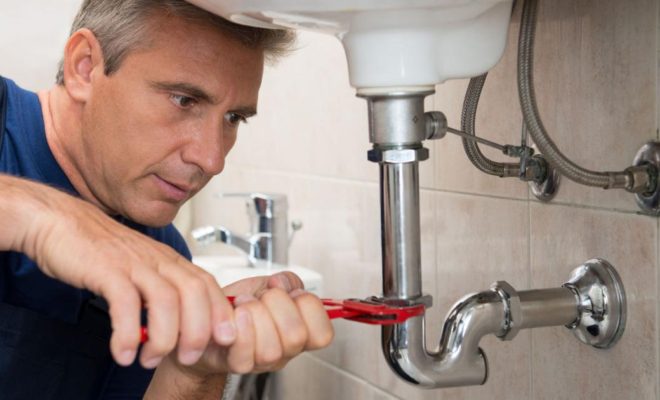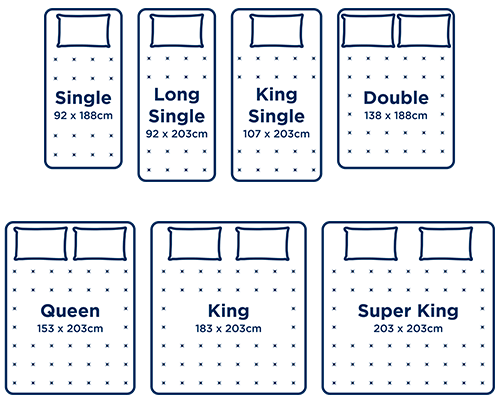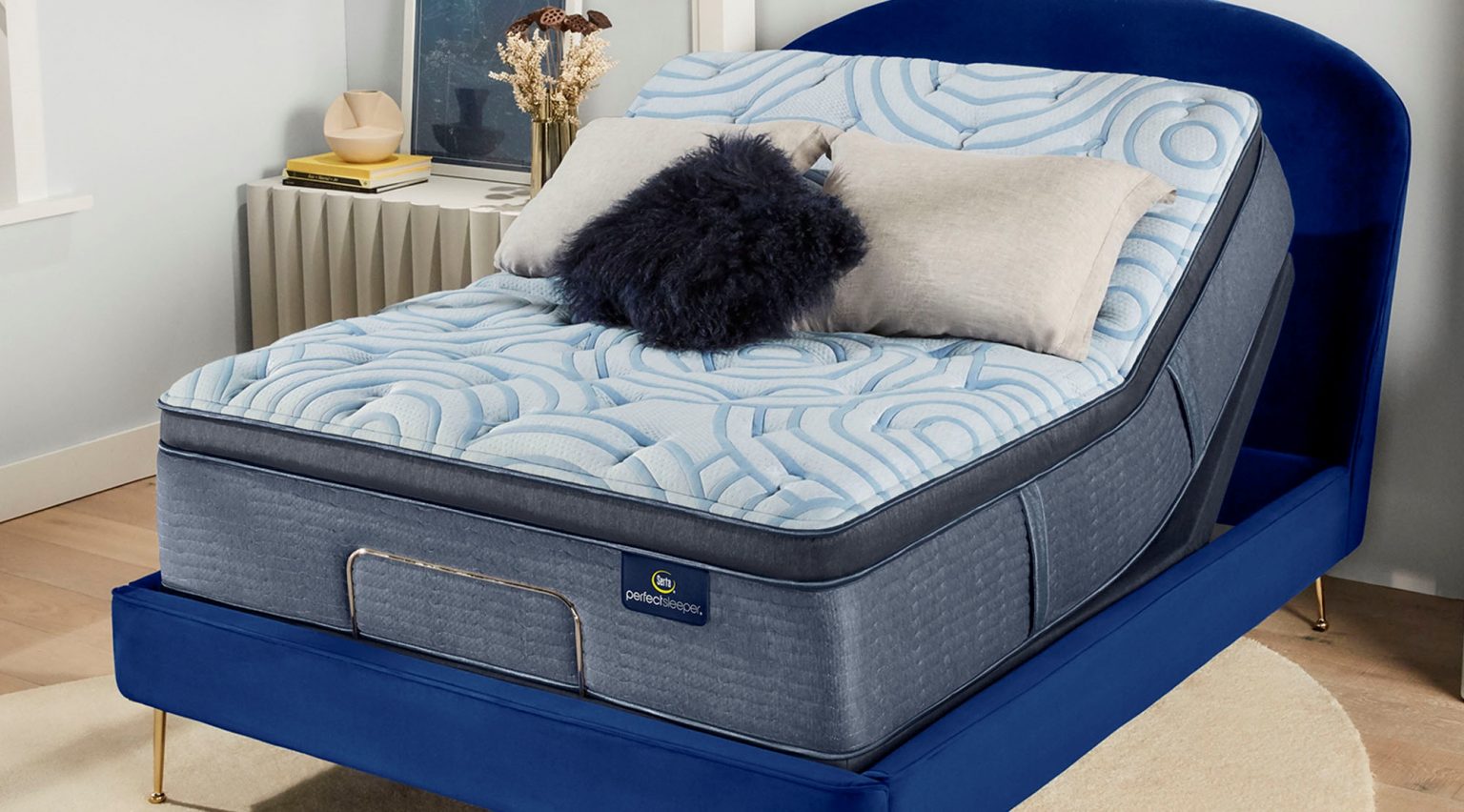If your kitchen sink is experiencing low water pressure, the first thing you should do is check the aerator. This small device is located at the end of the faucet and is responsible for mixing air into the water flow. Over time, minerals and debris can build up in the aerator, causing it to clog and restrict water flow. To fix this, unscrew the aerator and clean it out with a toothbrush and some vinegar. If the problem persists, it may be time to replace the aerator altogether.1. Check the aerator
Similar to the aerator, the faucet head can also become clogged with mineral deposits and debris. To clean it, start by unscrewing the faucet head from the hose or pipe. Then, soak it in a mixture of equal parts water and vinegar for about an hour. This will help dissolve any buildup and restore the water pressure. Once the time is up, rinse the faucet head with clean water and screw it back onto the hose or pipe.2. Clean the faucet head
If cleaning the aerator and faucet head doesn't improve the water pressure, the problem may be a clog in the pipes. This can happen due to a buildup of debris, grease, or even tree roots. To check for clogs, turn off the water supply to the sink and disconnect the pipes. Use a plumbing snake or auger to clear out any obstructions in the pipes. Once the pipes are clear, reconnect them and turn the water supply back on.3. Check for clogs in the pipes
The water supply valve, also known as the shut-off valve, controls the flow of water to your sink. If it is not fully open, it can cause low water pressure. Make sure the valve is fully turned counterclockwise to allow for maximum water flow. If the valve is already open and the water pressure is still low, it may be time to replace the valve.4. Check the water supply valve
The faucet cartridge is the mechanism responsible for controlling the water flow in your faucet. Over time, it can wear out and cause low water pressure. To replace the cartridge, start by turning off the water supply to the sink. Then, remove the handle and unscrew the cartridge. Take the old cartridge to a hardware store to find a replacement and install it according to the manufacturer's instructions.5. Replace the faucet cartridge
In some cases, the water pressure regulator, which is responsible for maintaining a constant water pressure throughout your home, can malfunction and cause low water pressure in certain areas. If you suspect this is the issue, it's best to call a plumber to inspect and replace the regulator if necessary.6. Check the water pressure regulator
Another common cause of low water pressure is leaks in the pipes. These leaks can not only affect the water pressure, but they can also lead to water damage and mold growth. To check for leaks, look for any visible signs of water damage or use a water meter to detect any unusual water usage. If you find a leak, it's important to fix it as soon as possible to prevent further damage.7. Check for leaks in the pipes
If your home has low water pressure throughout, not just in the kitchen sink, it may be due to low water pressure from the main water line. In this case, installing a water pressure booster can help increase the water pressure. These devices are typically installed on the main water line and use a pump to increase the pressure of the water entering your home.8. Install a water pressure booster
If your kitchen sink has consistently low water pressure, it may be worth checking your water heater. A malfunctioning water heater can affect the overall water pressure in your home. Make sure the temperature setting on the water heater is not set too low and that the unit is in good working condition. If you suspect a problem with your water heater, it's best to call a professional for assistance.9. Check the water heater
If you've tried all of the above solutions and are still experiencing low water pressure in your kitchen sink, it's time to call in the professionals. A licensed plumber will have the expertise and tools necessary to diagnose and fix any underlying issues causing the low water pressure. They can also offer advice on how to prevent future problems and keep your kitchen sink running smoothly. Don't let low water pressure in your kitchen sink be a daily frustration. By following these tips and seeking professional help when needed, you can get your kitchen sink back to its full water pressure potential.10. Call a plumber for professional help
Why Your Kitchen Sink Might Be Experiencing Low Water Pressure
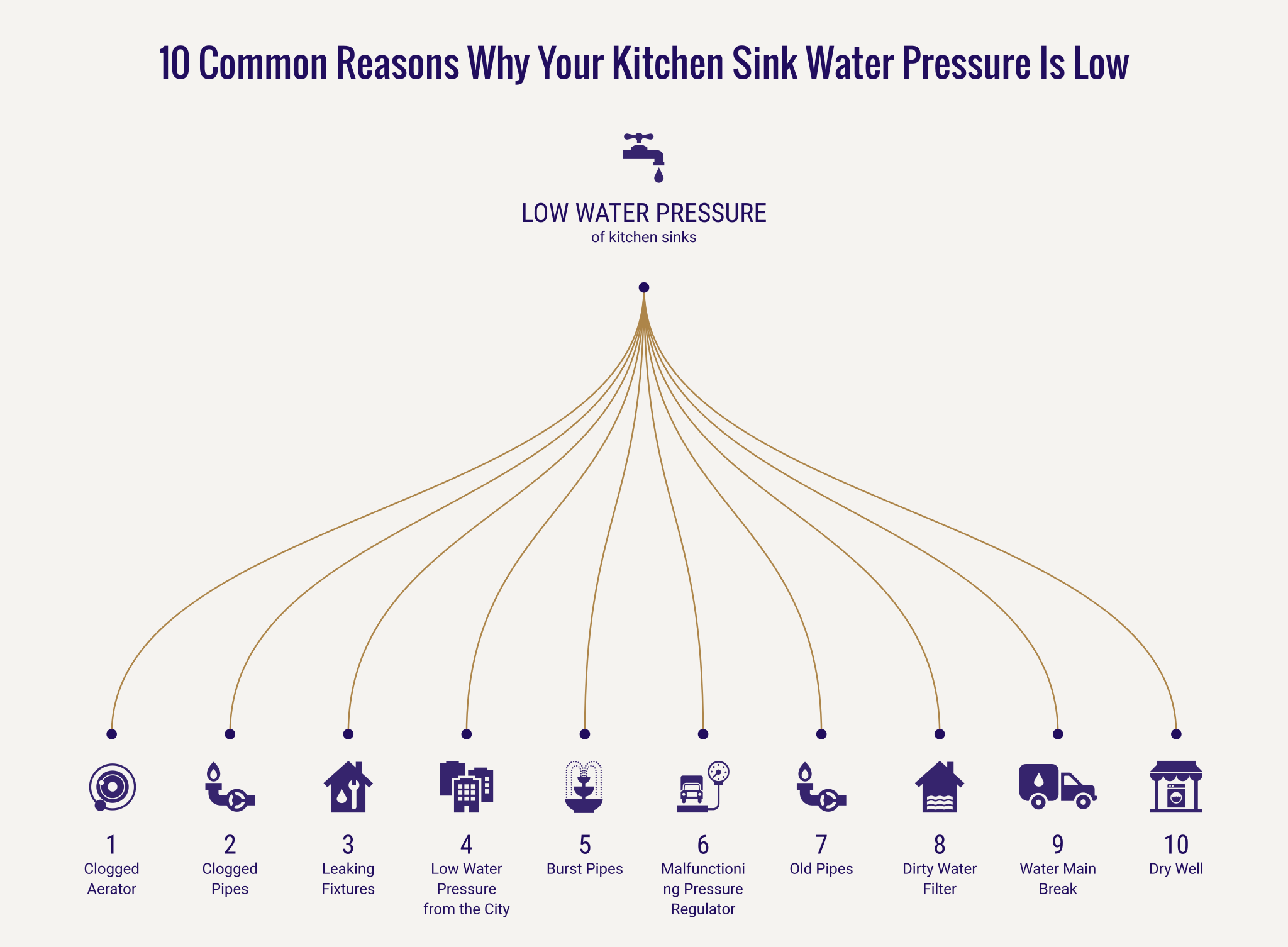
The Importance of Water Pressure in Your Kitchen Sink
Blocked or Clogged Pipes
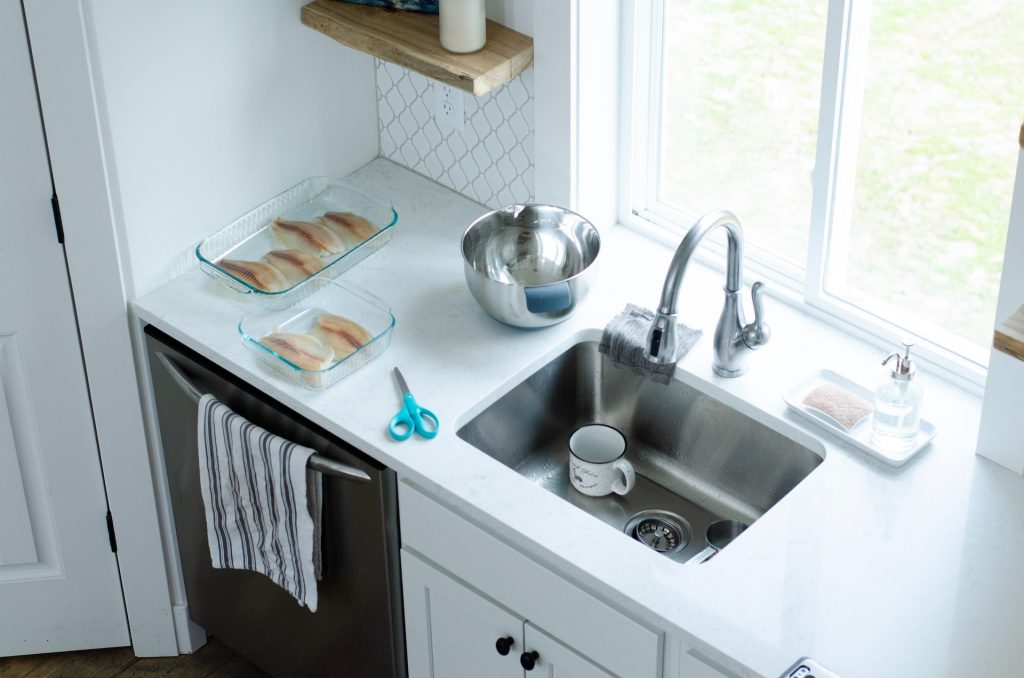 One of the most common causes of low water pressure in the kitchen sink is blocked or clogged pipes. Over time, debris, grease, and mineral deposits can build up and restrict the flow of water through your pipes. This can lead to decreased water pressure and even complete blockages. If you notice a sudden decrease in water pressure, it may be time to call a professional plumber to inspect and clean your pipes.
One of the most common causes of low water pressure in the kitchen sink is blocked or clogged pipes. Over time, debris, grease, and mineral deposits can build up and restrict the flow of water through your pipes. This can lead to decreased water pressure and even complete blockages. If you notice a sudden decrease in water pressure, it may be time to call a professional plumber to inspect and clean your pipes.
Old or Faulty Faucets
 Another culprit for low water pressure in your kitchen sink could be your faucets. Over time, faucets can become worn out or develop leaks, which can lead to a decrease in water pressure. If you have an older faucet, it may be time to replace it with a newer, more efficient model. If you notice any leaks or cracks in your faucet, it's important to have it repaired or replaced to prevent further damage to your plumbing system.
Another culprit for low water pressure in your kitchen sink could be your faucets. Over time, faucets can become worn out or develop leaks, which can lead to a decrease in water pressure. If you have an older faucet, it may be time to replace it with a newer, more efficient model. If you notice any leaks or cracks in your faucet, it's important to have it repaired or replaced to prevent further damage to your plumbing system.
Water Supply Issues
 In some cases, the issue may not be with your plumbing at all, but rather with your water supply. If there is a problem with the main water supply line or if there is a water leak in your area, it can affect the water pressure in your kitchen sink. You can check with your local water department to see if there are any known issues in your area. If not, it may be worth contacting a professional to inspect your plumbing system for any potential issues.
In some cases, the issue may not be with your plumbing at all, but rather with your water supply. If there is a problem with the main water supply line or if there is a water leak in your area, it can affect the water pressure in your kitchen sink. You can check with your local water department to see if there are any known issues in your area. If not, it may be worth contacting a professional to inspect your plumbing system for any potential issues.
Conclusion
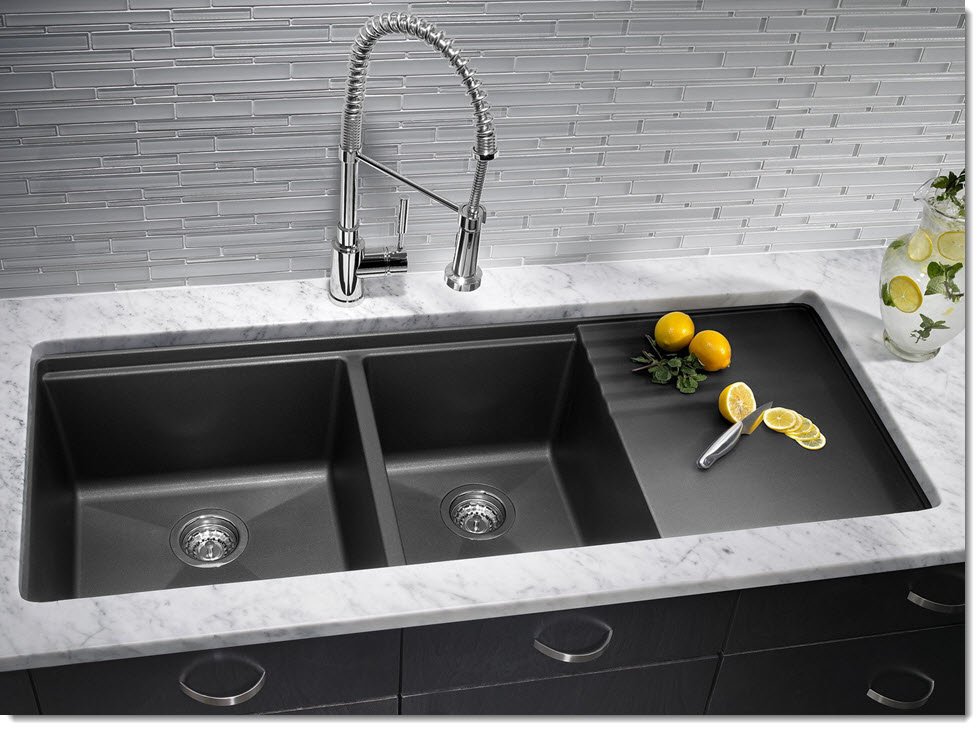 Overall, having good water pressure in your kitchen sink is essential for a functional and efficient kitchen. If you're experiencing low water pressure, it's important to address the issue as soon as possible to prevent further damage and inconvenience. By identifying the root cause of the problem, whether it be blocked pipes, faulty faucets, or water supply issues, you can take the necessary steps to resolve the issue and improve your kitchen sink's water pressure. Don't hesitate to seek professional help if needed to ensure your kitchen sink is working at its best.
Overall, having good water pressure in your kitchen sink is essential for a functional and efficient kitchen. If you're experiencing low water pressure, it's important to address the issue as soon as possible to prevent further damage and inconvenience. By identifying the root cause of the problem, whether it be blocked pipes, faulty faucets, or water supply issues, you can take the necessary steps to resolve the issue and improve your kitchen sink's water pressure. Don't hesitate to seek professional help if needed to ensure your kitchen sink is working at its best.




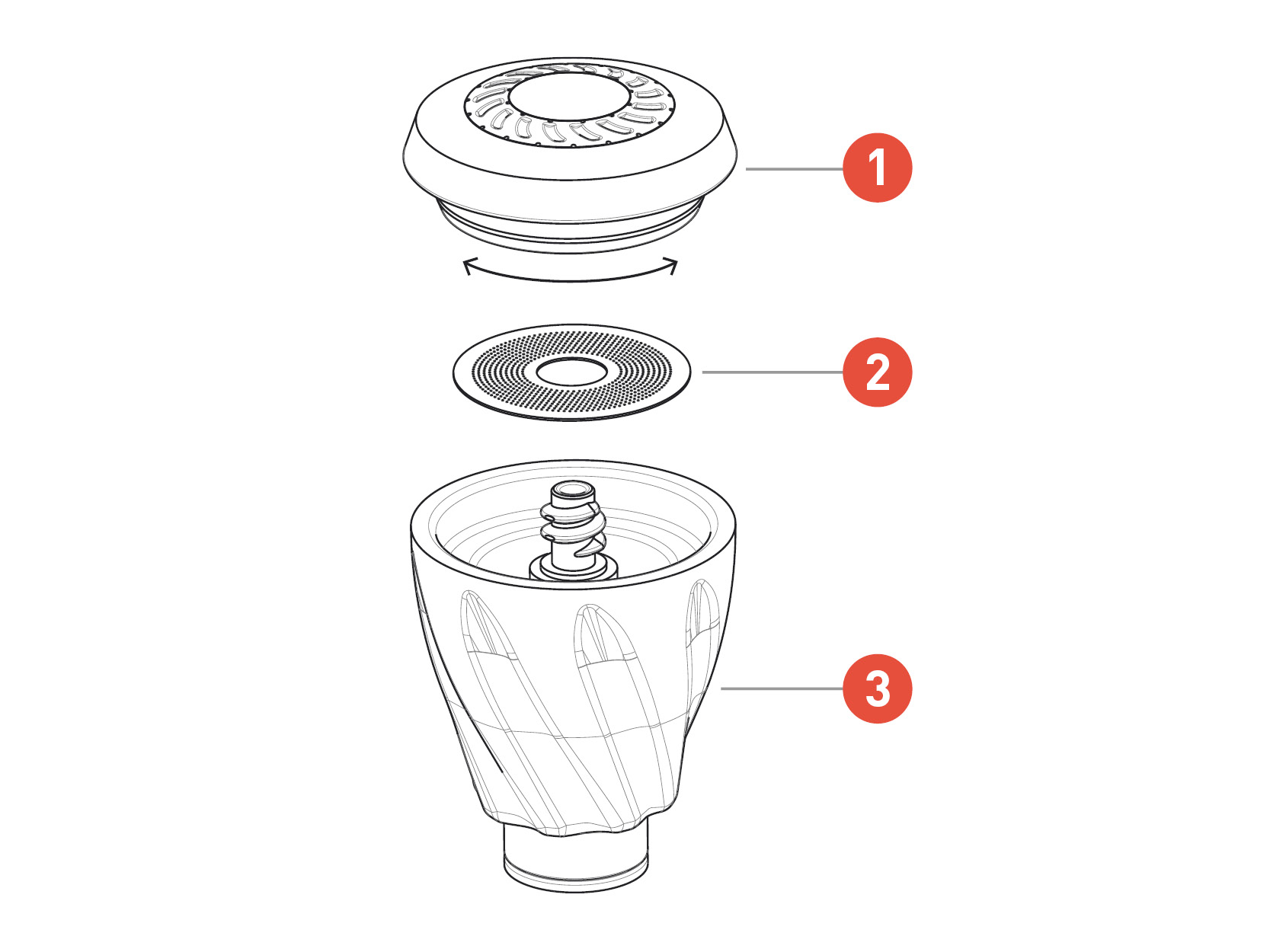

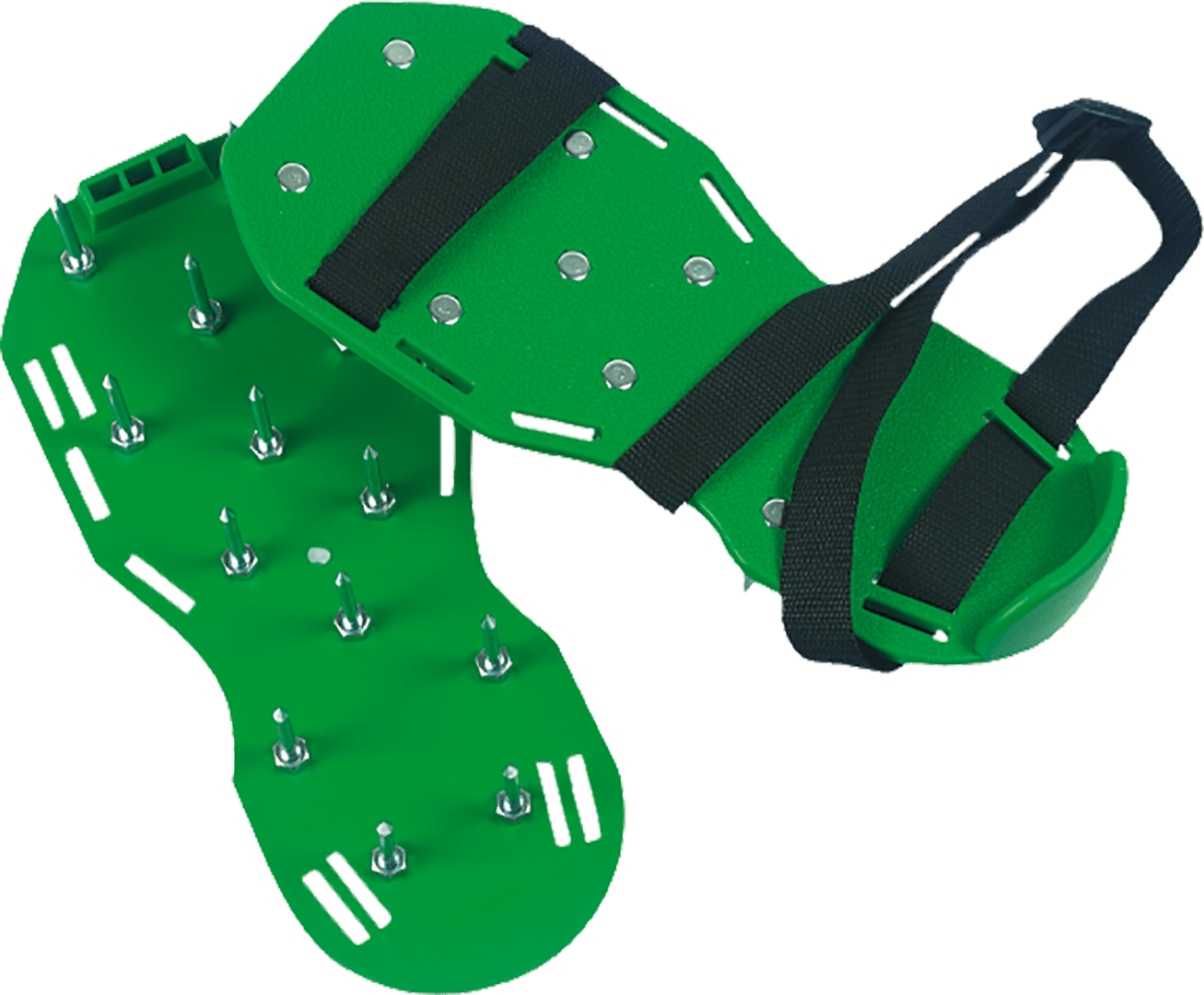














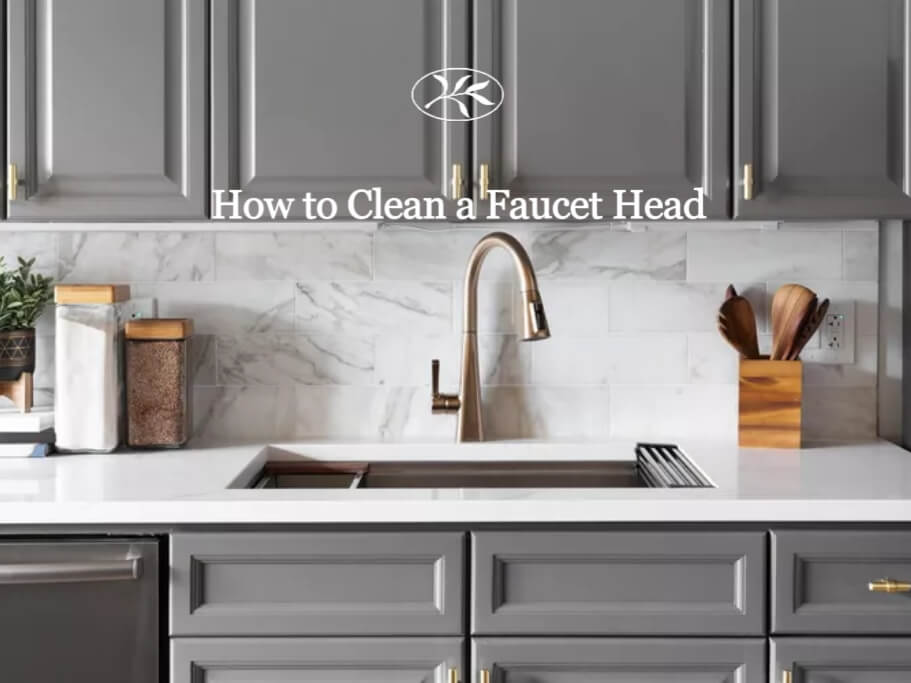








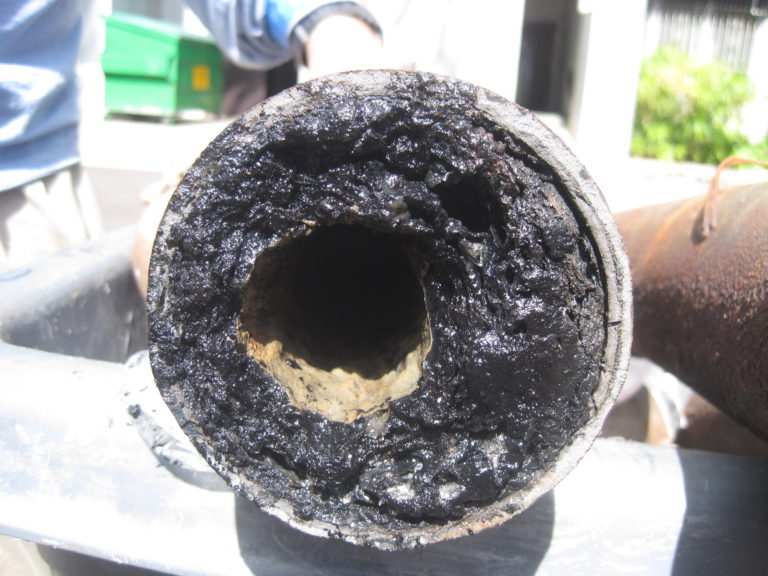


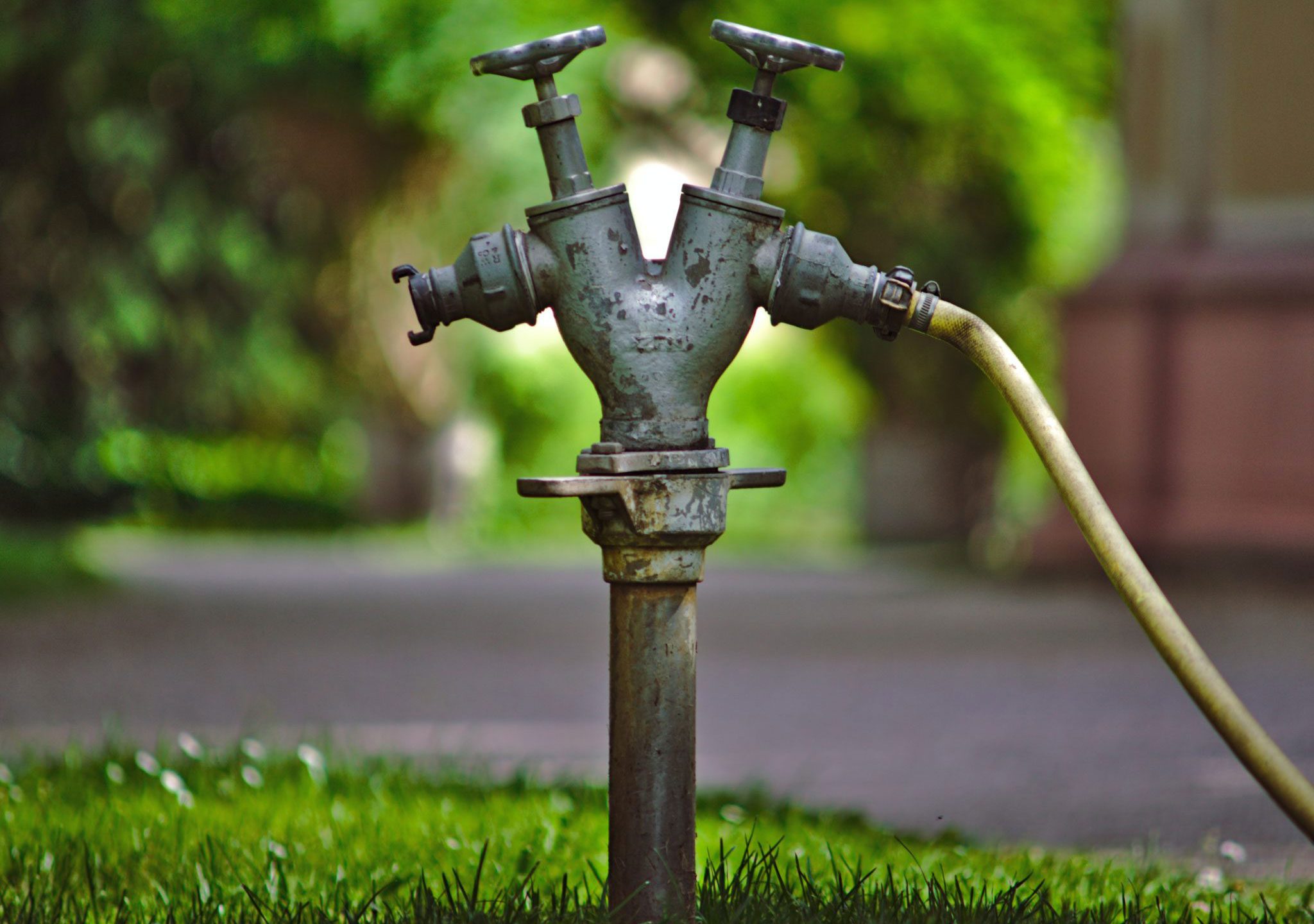










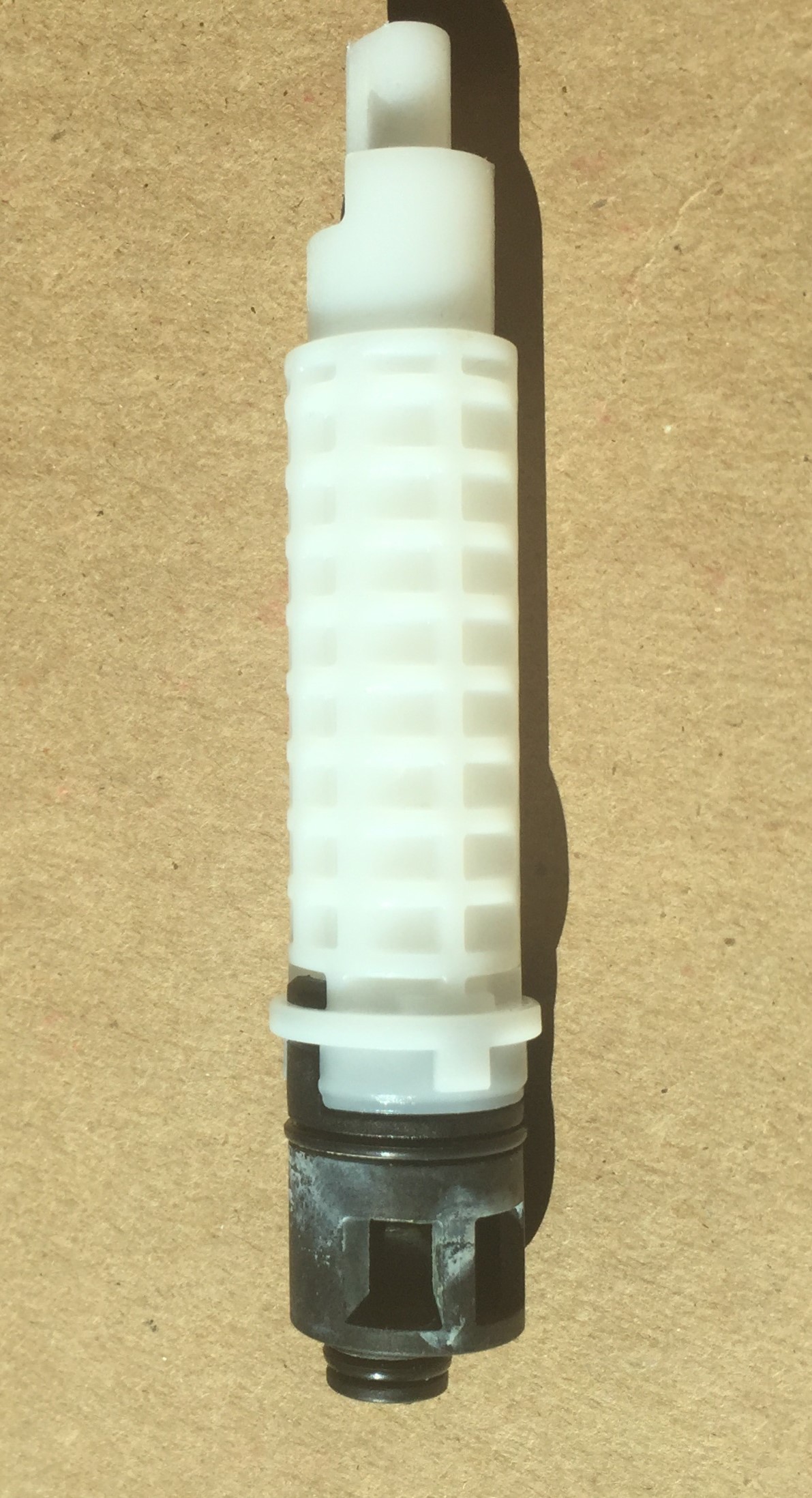
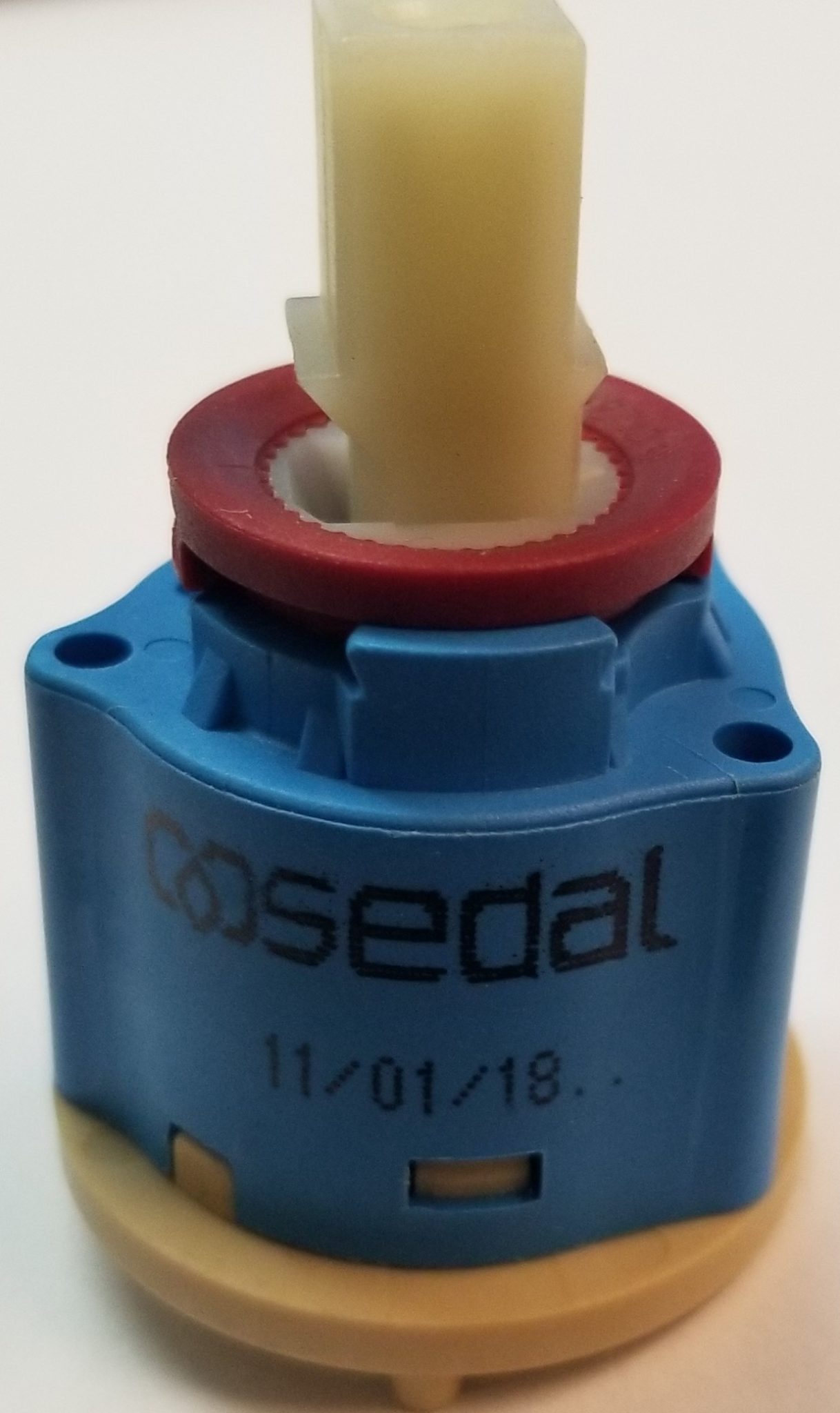



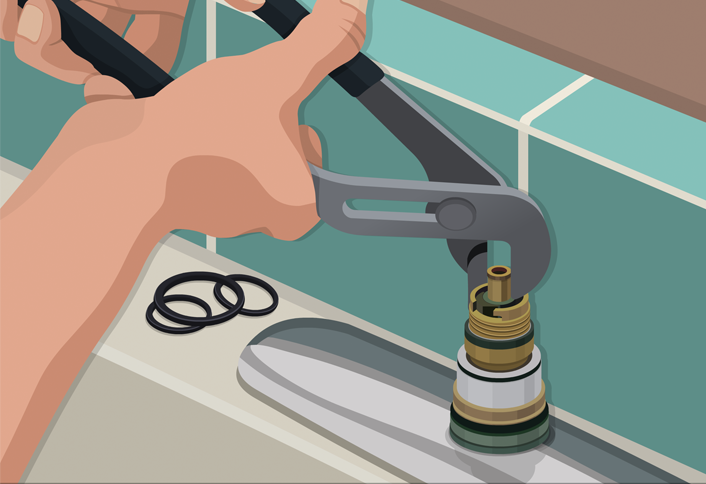




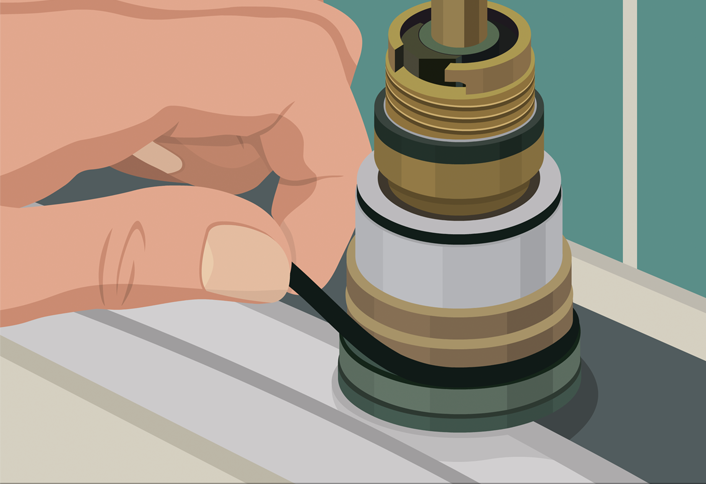

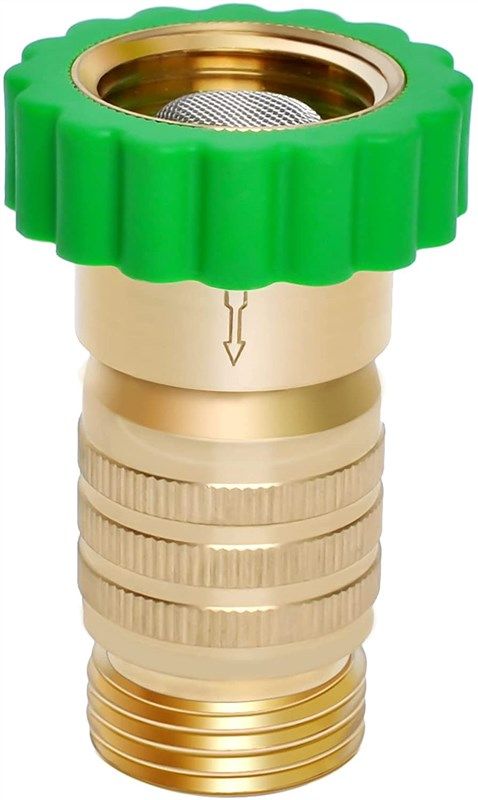



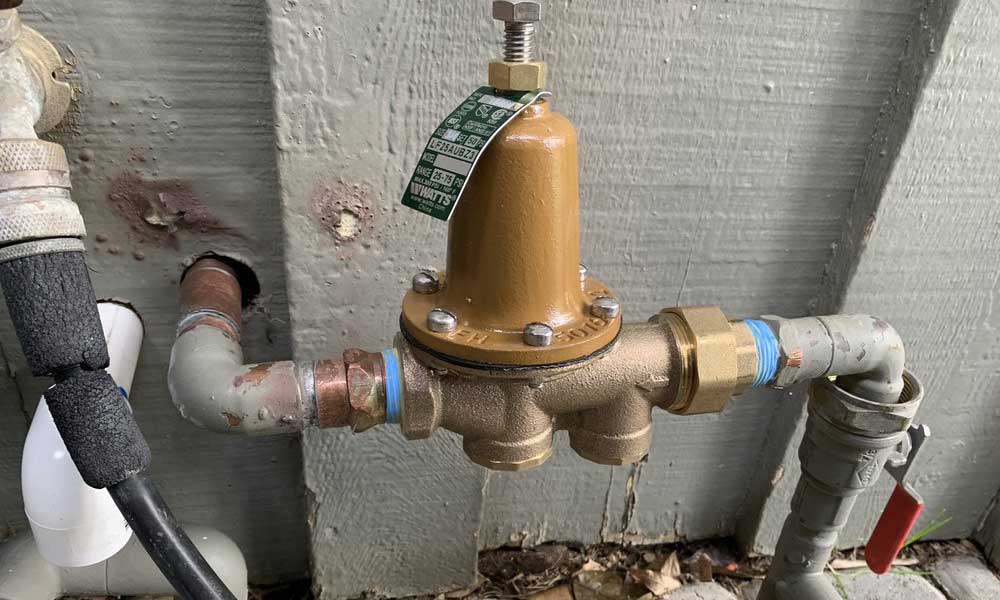
:max_bytes(150000):strip_icc()/the-men-s-hand-opens-the-ball-valve-on-the-collector-1006810456-5c5fc73fc9e77c000159c4af.jpg)









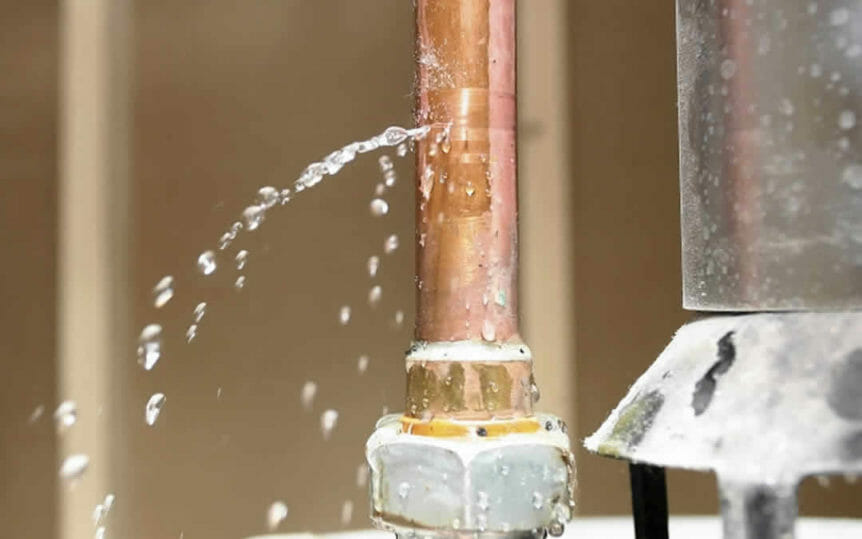

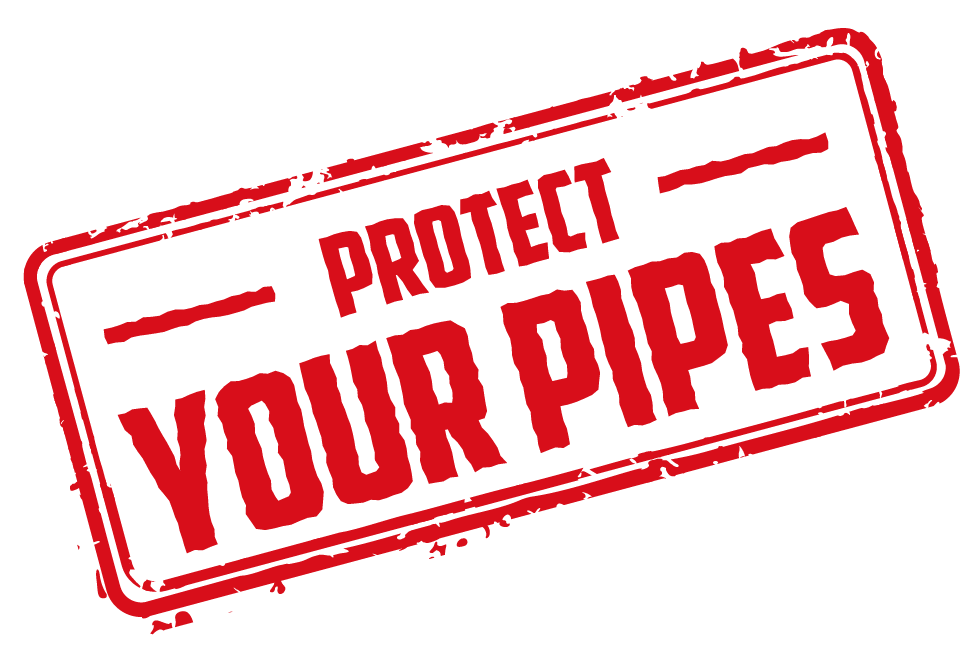

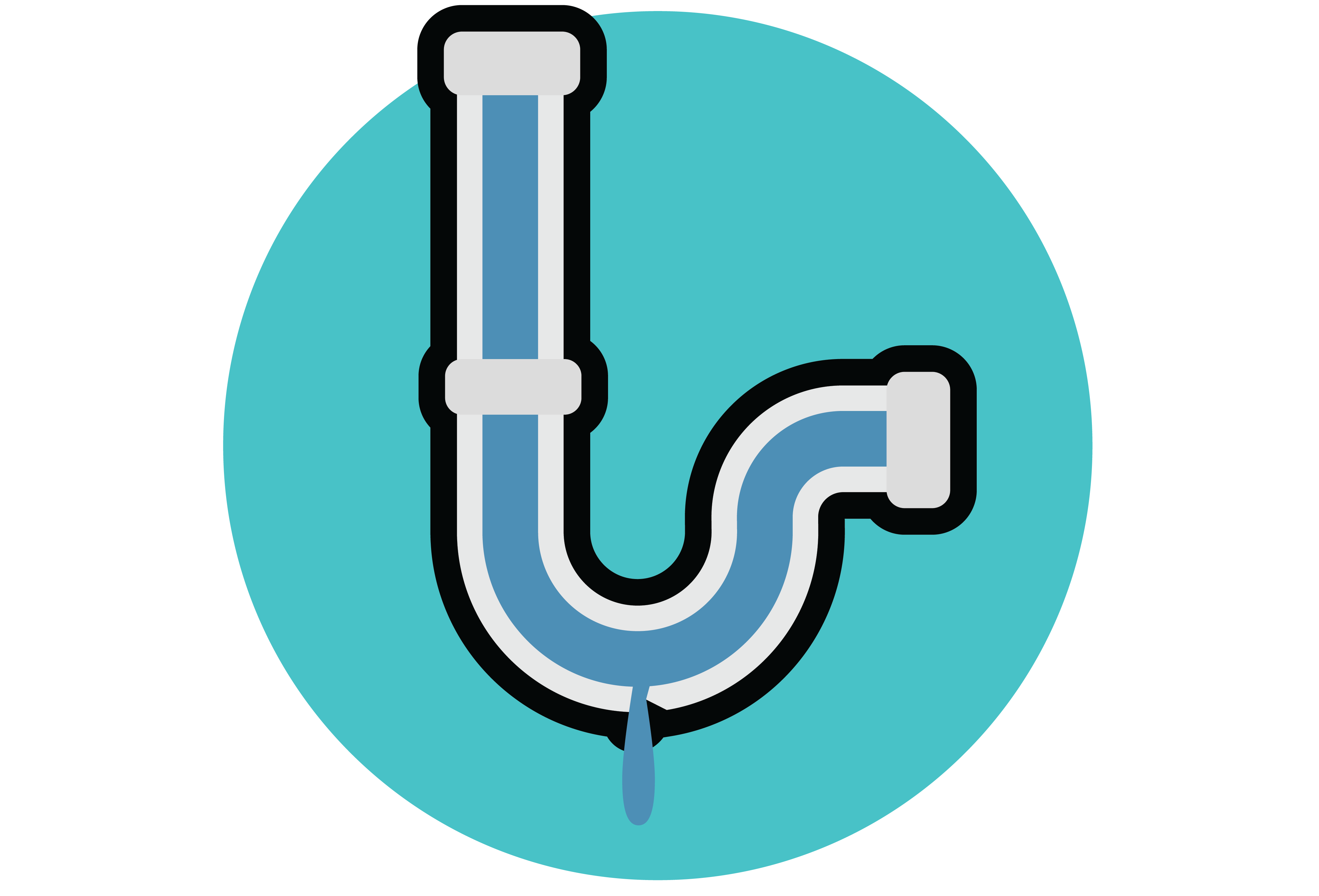



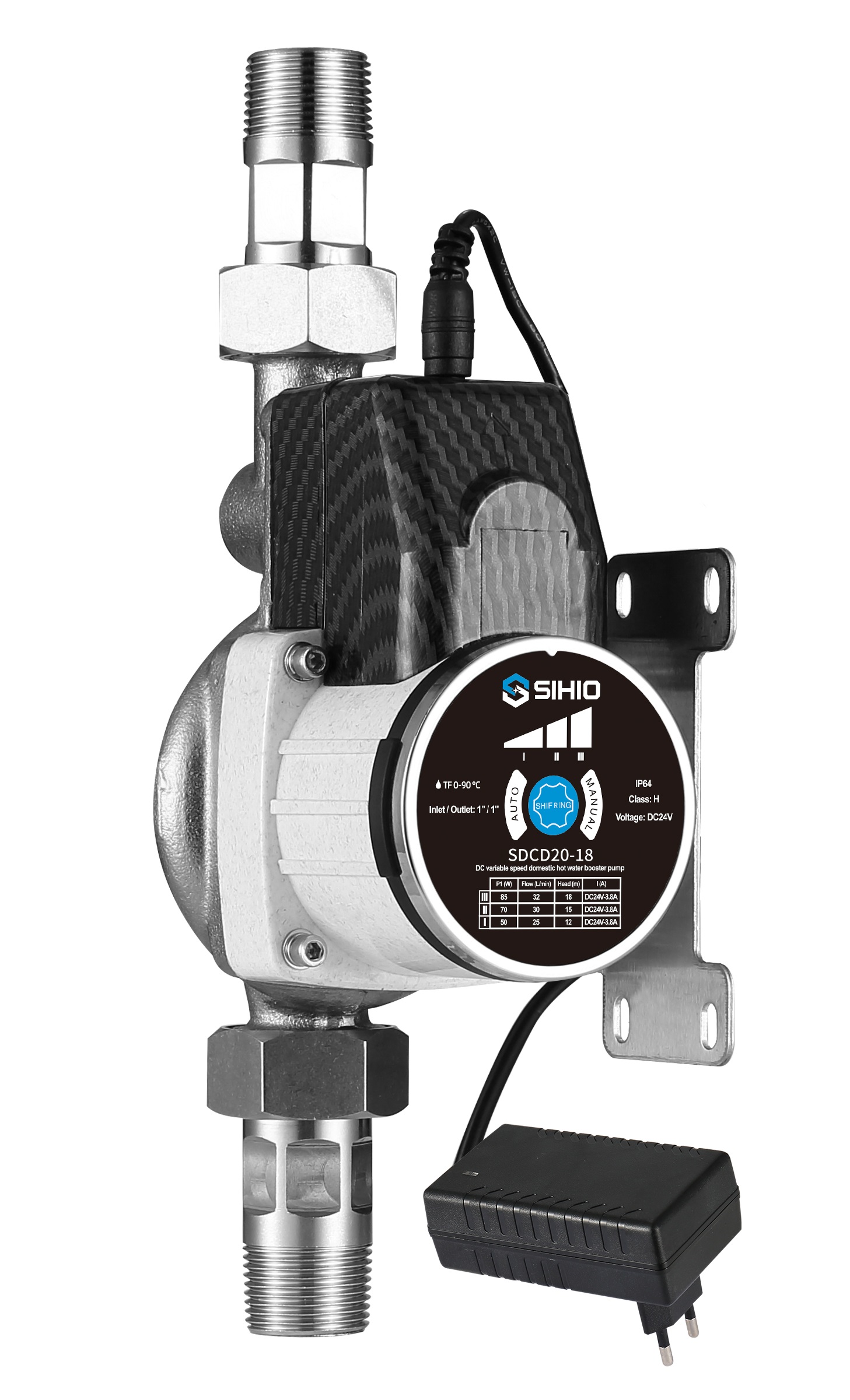

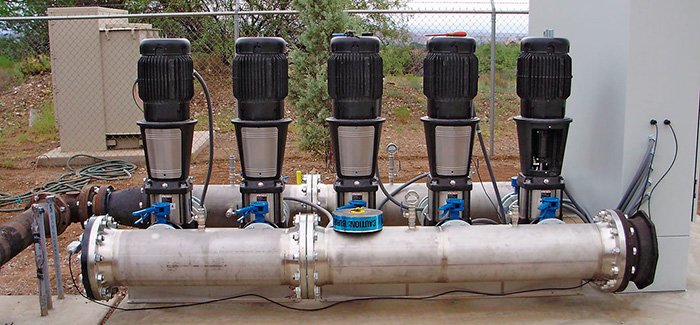


-844-p.jpg?v=ede30092-5775-434a-b8ca-07306b3bbe53)












